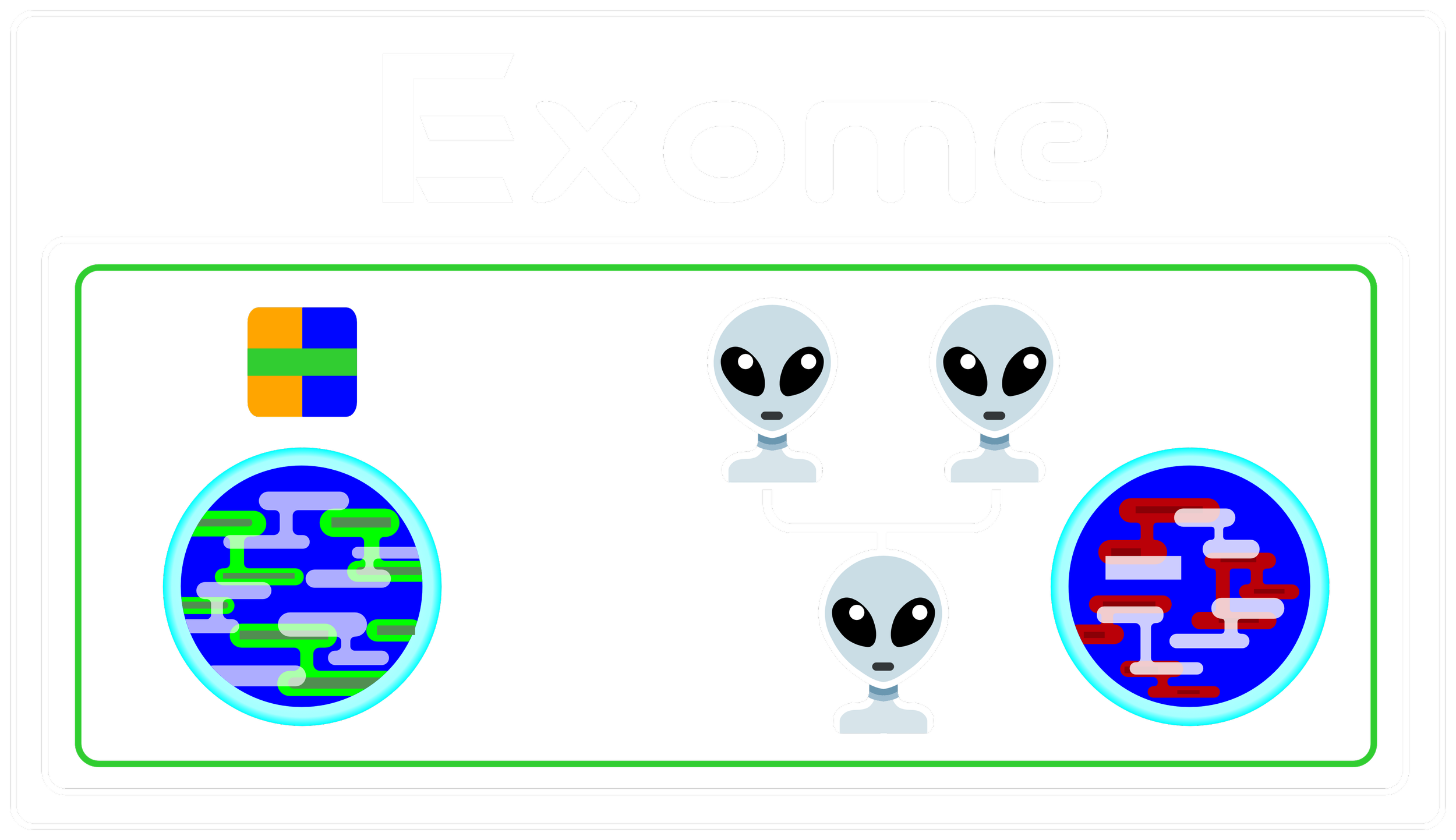
Terminology
Table of Content:
In the world of Stellima there are many concepts not native to Earth and its inhabitants. Here you’ll find a compilation of what you need to know to navigate the universe! As categories are added, the table of contents will be updated.

Origin terminology
Stellima is home to a variety of people of different species and star nations living together and moving from one planet to another, as has happened in every people since people formed species and later their nations. A wide array of terminology has sprung up to refer to different types of people depending on how the planet they call home relates to their species’ home planet, the dominant species of their current home, and their original star nation. These terms can overlap, and a person might fit under multiple definitions, as many of these definitions only cover one of these relationships. Understanding the full complexity of the terminology requires a deep understanding of the interstellar culture, but the main terms to refer to people will be defined below.
Homer
All species have one native world that their kind comes from, a world that birthed them into existence through the natural forces of evolution. This world is often called “Homeworld” or “Home,” and to most species and their members, it holds special value and significance. Some species who have lost their original Homeworld to the sands of time have taken up a new world as their Home, even if it didn’t house their distant ancestors.
An individual who is born and raised on their Homeworld is thus referred to as a “Homer.”
Exome
As species reached out into the stars and spread with discrete-capable ships, they established colonies and conquered other worlds. People soon came to call these foreign worlds beyond their Homeworld their home where they raised children and future generations who never sat foot on their world of origin but lived out their entire lives on this new world, regardless of whether this new world is in their species’ original star nation or whether they belong to the dominant species.
An individual who is born and grows up on any world beyond their kind’s Homeworld is called an “Exome.”
Immigrant
People moving from world to world created a class of those who live not only away from their Homeworld but also from their world of birth, regardless of whether that birthplace was their Homeworld. Those who move to a new world to start their lives there have a lot in common with each other whether they remain within the same star nation or whether they belong to the dominant species, and an umbrella term covers everyone in this category.
An individual who moves from one world to another, regardless of star nation or dominant species, is known as an “Immigrant.”
Xemogrant
Since the dawn of history, people have moved from one nation to another within the confines of their planet. Once travel to the stars became possible and different star nations were founded, people likewise began moving from one star nation to another to start new lives with their families, or find families in the new star nation. With the correlation of dominant species and star nation, moving to a different star nation generally also meant moving to a world where their species wasn’t dominant.
An individual in the first generation of immigrants who moves to a world with a different dominant species in a new star nation is known as a “Xemogrant.”
Exovit
Many individuals chose to remain within their star nation, enjoying the benefits and rights provided by their star nation, but still sought out new homes. Since different species tend to be concentrated within a single star nation, this generally meant moving to a world with the same dominant species.
An individual in the first generation of immigrants who moves within the same star nation is known as an “Exovit.”
Exorizzen
For those people who move to or live in a star nation besides the one where their species’s Homeworld is, they are not easily able to fit into the local culture and often become a source of tension in a star nation. Their distinct species makes true assimilation a near impossibility. These can be first generation immigrants of any type or their descendents, and it covers anyone who lives outside of the star nation where their species’s Homeworld is.
An individual of a species whose Homeworld is not part of the star nation that they reside in is known as an “Exorizzen.”

Planet Classification terminology
In Stellima, planets are categorised into different categories depending on that planet’s properties. This categorisation evaluates the utility they have to who ever controls the system. An important factor for habitability is suitability for what is known as CNO life, or Carbon, Nitrogen, Oxygen life. This is the most common form of life in known space, hence being the standard used for this categorisation. Habitability is distinguished by colour as follows:
Purple: Requires no adaptation for CNO life.
Blue: Requires no adaptation for CNO life but is ill advised for long term settlement.
Green: Requires self contained habitation areas and suits but the planet is tauformable.
Yellow: Requires self contained habitation areas and suits.
Red: Impossible, cannot house life.
In addition to habitability, planets are categorized by planet class, furthering the ability of those who control the system to determine a planet’s utility and potential. This takes into count a variety of elements to create a more complete picture of a planet in addition to simple habitability, though it does include habitability as one of its elements. The various classes and a basic description are as follows:
Alpha Class
Type: Rock
Gravity: 0.2g to 2.0g
Magnetic field: None-Strong
Atmosphere: –
Temperature: –
Life: None
Habitability: Red
Description: Alpha class worlds are highly geologically active with lava flowing constantly all over the planet. Often have an orange appearance due to the heat of all the lava from geological activity.
Gamma Class
Type: Ice Giant
Gravity: -
Magnetic field: Strong
Atmosphere: 75%-85% Hydrogen, 10%-20% Helium, 1%-3% Methane, Traces.
Temperature: –
Life: Very rare, Microbial.
Habitability: Red
Description: Gamma class worlds consist primarily of gases and generally have a blue hue to them due to the methane.
Iota Class
Type: Gas Giant
Gravity: -
Magnetic field: Strong
Atmosphere: 85%-95% Hydrogen, 1%-10% Helium, Traces.
Temperature: –
Life: Very rare, Microbial.
Habitability: Red
Description: Iota class worlds are gas giants predominately made out of hydrogen and generally have an orange, yellow, and red colouration.
Mu Class
Type: Rock
Gravity: 0.2g to 0.6g
Magnetic field: None-Medium
Atmosphere: 0.1-0.6 atm, 60%-95% Carbon dioxide, 5%-40% Nitrogen, 1%-30% Water, 5%-30% Non-oxygen gases.
Temperature: –
Life: Very rare, Microbial.
Habitability: Green
Description: Mu class worlds possess no oceans but may contain small amounts of water that can sustain primitive forms of life. Commonly only have a magnetic field if they are young, and if old, generally have little to no atmosphere. Colouration may vary.
Rho Class
Type: Rock
Gravity: 0.2g to 3g
Magnetic field: None-Low
Atmosphere: 0-0.6 atm
Temperature: –
Life: Absent.
Habitability: Red
Description: Rho class worlds have been ejected from their stars and are found in the void between stars and thus appear as dark worlds that generally have no atmosphere.
Sigma Class
Type: Rock
Gravity: 0.4g to 0.8g
Magnetic field: Strong
Atmosphere: 0.85-1.2 atm, 15%-30% Oxygen, 60%-85% Nitrogen, Traces.
Temperature: 250K-320K
Life: Present.
Habitability: Blue
Description: Sigma class worlds have a flourishing ecosystem and are capable of supporting most standard CNO life. The lower gravity often gives rise to unusually large megafauna and megaflora. They are blue from the ocean, but the other colouration varies due to variation in phototroph pigmentation.
Tau Class
Type: Rock
Gravity: 0.8g to 1.2g
Magnetic field: Strong
Atmosphere: 0.85-1.2 atm, 15%-30% Oxygen, 60%-85% Nitrogen, Traces.
Temperature: 250K-320K
Life: Present.
Habitability: Purple
Description: Tau class worlds have the majority of all complex life in known space. Sapient life of the CNO kind is only known to evolve on these worlds. They are blue from the ocean, but the other colouration varies due to variation in phototroph pigmentation.
Upsilon Class
Type: Rock
Gravity: 1.2g to 2.0g
Magnetic field: Strong
Atmosphere: 1.2-3 atm, 15%-30% Oxygen, 60%-85% Nitrogen, Traces.
Temperature: 250K-320K
Life: Present.
Habitability: Blue
Description: Upsilon class worlds often have complex aquaticlife and may have smaller terrestrial life. The atmosphere is fit for CNO life, and they have flourishing ecosystems.They are blue from the ocean, but the other colouration varies due to variation in phototroph pigmentation.
Phi Class
Type: Rock
Gravity: 0.8g to 1.2g
Magnetic field: Medium-Strong
Atmosphere: 0.2-3 atm, 60%-95% Carbon dioxide, 5%-40% Nitrogen, 1%-30% Water, 5%-30% Non-oxygen gases.
Temperature: 250K-370K
Life: Uncommon, Microbial.
Habitability: Green
Description: Phi class worlds represent early stages of a planet's life that may one day support complex sapient life. Colourations vary from red to brown, and have oceans.
Xi Class
Type: Rock
Gravity: 0.2g to 2.0g
Magnetic field: None
Atmosphere: None
Temperature: 150K-450K
Life: None
Habitability: Red
Description: Xi class worlds are devoid of an atmosphere and possess no oceans. They are devoid of life and made only out of rock.
Omega Class
Type: Rock
Gravity: 0.8g to 1.3g
Magnetic field: Medium-Strong
Atmosphere: 2-4 atm, 0%-1% Carbon dioxide, 60%-90% Nitrogen, Trace Water And Non-oxygen gases.
Temperature: 250K-350K
Life: Present
Habitability: Blue
Description: Omega class worlds have oceans and retain geological heat by having a very thick atmosphere. Despite drifting in the void as a rogue planet, life has found a way to thrive on these worlds.






















